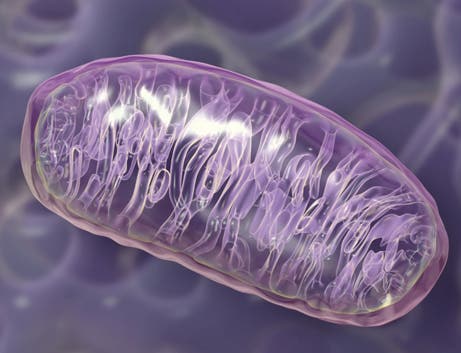A new milestone study found that mitochondria – the energy factories in animal and plant cells – were initially very similar to parasitic bacteria some two billion years ago, and only later did they become energy sources. Very little is known about the origins of mitochondria, but by probing the genomes of bacteria closely related to the energy cell scientists at University of Virginia (UV) found early mitochondria were parasitic, and only became beneficial after switching the direction of their ATP (adenosine triphosphate) transport years down the road. The findings could help efforts seeking to treat human mitochondrial dysfunctions that cause diseases such as Alzheimer’s disease, Parkinson’s disease and diabetes.
A parasite at first

Mitochondria are often referred to as the powerhouses of the cells. They generate the energy that our cells need to do their jobs. For example, brain cells need a lot of energy to be able to communicate with each other and also to communicate with parts of the body that may be far away, to do this substances need to be transported along the cells, which needs lots of energy. Muscle fibres also need a lot of energy to help us to move, maintain our posture and lift objects. This energy is supplied by mitochondria in the form of ATP.
[ALSO SEE] Mitochondria DNA
The leading theory regarding their origin is that they were formed in an ancient symbiosis between a nucleated cell and an aerobic prokaryote. The engulfed cell came to rely on the protective environment of the host cell, and, conversely, the host cell came to rely on the engulfed prokaryote for energy production. In time, descendants of the engulfed prokaryote developed into mitochondria which became essential to eukaryotic evolution since – or so the theory goes. UV scientists found, however, that mitochondria’s past isn’t that nice and dandy. Their findings suggest mitochondria was an energy parasite by leaching energy from the host cell. It is not known what turned mitochondria from an energy parasite into the host cells’ power source, but it is believed that ATP is related to the switch.
“We believe this study has the potential to change the way we think about the event that led to mitochondria,” Martin Wu, a biologist at the University of Virginia (UV) and the study’s lead author, said in a statement. “We are saying that the current theories – all claiming that the relationship between the bacteria and the host cell at the very beginning of the symbiosis was mutually beneficial – are likely wrong.”

That’s a bold statement, but will it hold up? Wu and colleagues sequenced the genomes of 18 bacterial species which are closely related to mitochondria. This way, the UV researchers were able to pinpoint human genes that were derived from mitochondria, which could help them gain insight into the genetic basis of human mitochondrial dysfunctions contributing to several diseases like Alzheimer’s or Parkinson’s.
“We reconstructed the gene content of mitochondrial ancestors, by sequencing DNAs of its close relatives, and we predict it to be a parasite that actually stole energy in the form of ATP from its host – completely opposite to the current role of mitochondria,” Wu said.
The findings were published in the journal PLOS ONE.






